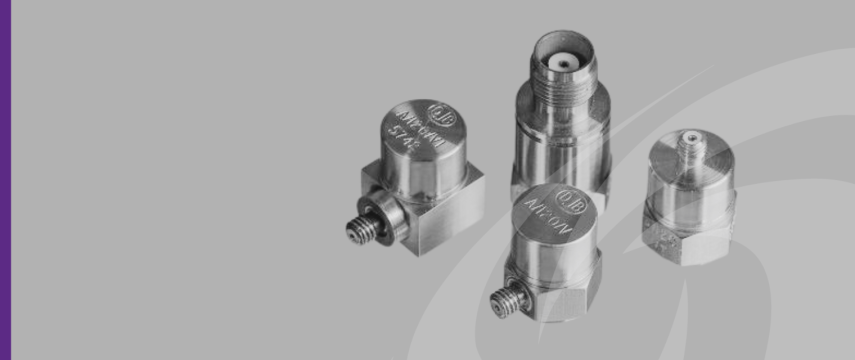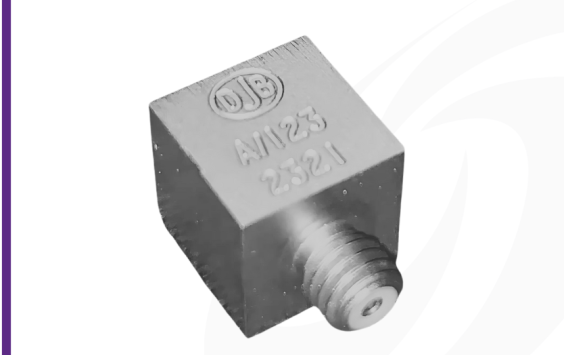What is cross-axis sensitivity?
Cross-axis sensitivity is the effect of vibration input from a direction perpendicular to the intended measurement axis of an accelerometer. In other words, it's the unwanted influence from off-axis motion — and it can directly distort your data.
Why does cross-axis matter?
Every 1% of cross-axis error translates to a 1% distortion in your measurement data. That means a new accelerometer with a 5% cross-axis rating could already introduce a 5% error into your system, and it only gets worse with time.
How do manufacturers manage cross-axis sensitivity?
Most accelerometer manufacturers attempt to reduce cross-axis error by pre-polarising the piezoelectric sensing element to prioritise the primary measurement axis. While this helps, it’s not a perfect solution — and it naturally deteriorates with:
- Time
- High temperatures
- Repeated use
As pre-polarisation degrades, cross-axis errors increase, potentially exceeding 35% over the sensor's lifetime if not checked.
What can users do to reduce cross-axis errors?
To keep your data accurate and traceable, include a cross-axis check in your annual calibration. Many users overlook this, leading to performance drift that could compromise the quality of test results.
How does DJB control cross-axis sensitivity?
DJB’s Konic Shear® design delivers built-in cross-axis cancellation through its mechanical layout, offering superior long-term stability. Combined with pre-polarisation, this design makes DJB accelerometers uniquely resilient to cross-axis degradation, outperforming conventional designs in high-performance environments.
Need help choosing the right sensor?
Our team can help you specify accelerometers with the right cross-axis performance for your application.
Contact our experts or call us on +44 (0)1638 71 22 22

Dive into DJB’s growing library of expert-written resources, including technical articles, selection guides, and in-depth explainers on accelerometers, cables, and signal conditioning.
Whether you’re specifying new sensors or troubleshooting complex setups, our content is designed to support your success.






